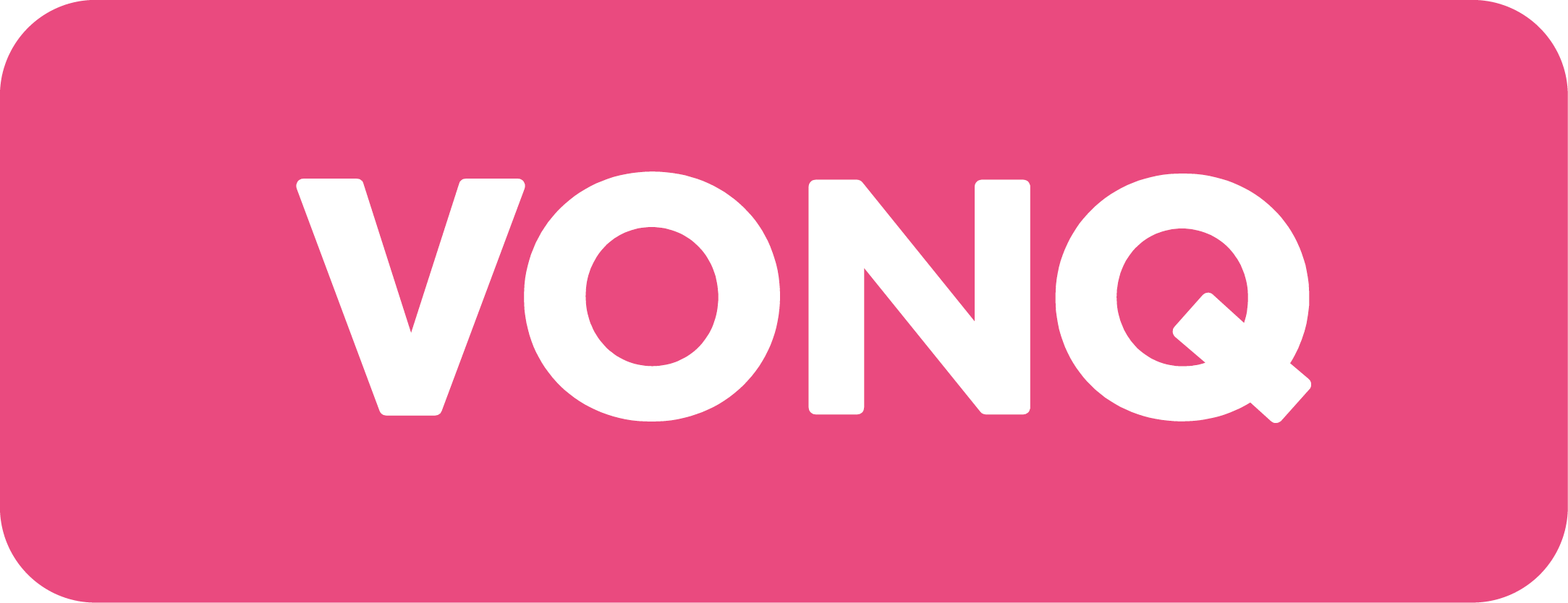In today’s world of communication overload, organic advertising struggles to push through the noise. Social media platforms have shifted to a pay-to-play model, leaving unpaid content far behind. Therefore, paid advertising has become crucial for brands to come close to achieving the desired results. However, next to the right targeting and sufficient media spend, a cohesive paid advertising strategy can help brands getting heard. But what is this paid advertising, what benefits does it have, and how do I use it for my recruitment marketing?
This article covers the what’s and why´s of paid advertising and reveals how paid advertising can increase your recruitment marketing success.
Understanding Paid Advertising
What is paid advertising?
Paid advertising refers to any form of advertising in which the advertiser pays for ad placement or users’ engagement with their ads. The promotion involves paying for ad space on social media, search engines, and websites. As a consequence, it helps to promote the products, brands or even the company itself.
It is known for being a fast and cost-effective way to reach a audience beyond their current customer base. This is done by targeting potential customers interested in their products or services. Unlike TV commercials and billboards, companies no longer have to pay blindly for advertising. Instead, they pay based on the number of clicks, impressions, or conversions their ads generate.
Nonetheless, paid advertising requires manual optimization. To maximize its benefits, businesses must constantly adjust their ads based on performance metrics, like click-through- and conversion-rates. This will enhance the ad’s effectiveness and return on investment. Moreover, the creation and implementation of the advertisements are primarily executed manual, turning it to a time-intensive process.
What are the different types of Paid Advertising?
Paid advertising has become an increasingly popular way for businesses to promote their products or services and reach a wider audience. Different platforms offer a variety of ad formats, making it essential to understand the various types of paid advertising available. Among the most common types are search engine advertising (SEA), social media advertising (SMM), display advertising, and native advertising.
- Search engine advertising, for example, involves bidding on relevant keywords and placing ads on search engine results pages (SERPs). Google Ads is the most popular search engine advertising platform. It provides businesses with numerous ways to increase their visibility on the search engine. Furthermore it delivers different analytic tools, to track and optimize the ads.
- Social media advertising is another popular option that involves promoting ads on social media platforms like Facebook, Instagram, and LinkedIn. With social media advertising, businesses can target specific demographics and interests, resulting in more effective and efficient advertising campaigns.
- Display advertising is a common form of paid advertising. It involves placing banner ads on websites and apps that are part of ad networks. This type of advertising is often used to build brand awareness and to drive traffic to a website. Display advertising can also be targeted to specific audiences, making it a versatile option for businesses of all sizes.
It is essential for businesses to understand the different forms of paid advertising and the platforms that provide them. By selecting the right type of paid advertising for their needs and targeting the right audience, businesses can improve their brand recognition, drive more traffic to their website, and ultimately increase their sales and revenue.
What are the benefits of Paid Advertising?
The three most essential benefits of paid advertising are:
- Increased brand awareness: Paid advertising can help businesses increase their visibility and reach a wider audience, improving brand recognition and awareness.
- Paid advertising offers businesses more precise targeting and segmentation. This increases ad relevance, while decreasing wasteful ad spending.
- Paid advertising can bring more qualified traffic to a website. This can increase conversion rates. Higher conversion rates can result in a higher return on investment (ROI).
How do I target my paid advertisements?
The most significant benefits of ad targeting are two-fold.
- Ads can be improved by tailoring the message to the needs and interests of the target audience. Thus, it increases relevance and makes the ad more effective.
- Ad targeting can reduce ad spend wastage, by showing ads to users who are more likely to convert. This maximizes the return on investment (ROI) for the business.
However, ad targeting requires businesses to collect and analyze data on their target audience to determine the best targeting criteria. In this case data analysis can help businesses understand their audience better. It can include factors like user behavior, preferences, demographic indicators and other relevant information.
What is Ad Copy?
In order to create a magnetic ad, you need to know how to activate your potential cadndiate. This is done in the ad copy. It is the combination of text, images, and other creative elements in an advertisement, used to promote products, services, and brands. In effect, it shall grab the attention of the audience and persuades them to take an action. This could be buying something, clicking a link or visiting a website.
The three most important things to know about ad copy are:
- Ad copy should be attention-grabbing. It should distinguish from other ads on the platform. This will capture the audience’s attention.
- Ad copy should be persuasive. It should be convincing and compelling, emphasizing the product or service’s advantages. This encourages the audience to take action.
- It should be relevant: Ad copy should be relevant to the target audience and their needs, interests, and pain points. Thus, it can improve the effectiveness of the ad and increase the likelihood of conversions.
Paid Advertising disrupting Recruiting
Recruitment is Marketing
The concept of paid advertising applies to recruitment as well. As Matthew Jeffrey, Head of Global Sourcing & Employer Branding at SAP, said, “Recruitment is marketing. If you’re a recruiter nowadays and you don’t see yourself as a marketer, you’re in the wrong profession.”
It is true, that finding skilled candidates is getting more difficult. A survey by Manpower found that 73% of employers are having a hard time locating qualified talent.
As a result of the recruiting squeeze, Recruitment Marketing was born. It is a strategy utilizing marketing techniques for acquiring employees.
As marketing focuses on attracting buyers, recruitment marketing, seeks out passive candidates, by publishing job ads on various online platforms. This is known as the multichannel-approach. Jobs are published on various channels, such as job boards, niche sites, apps, and search engines.
Nevertheless, achieving high volumes of clicks and applications can be challenging. This is especially true when there is not a sufficient budget to support it. Additionally, the market is saturated, making it even more difficult. Therefore, paid advertising can optimize your recruiting strategy.
How paid advertising optimizes recruitment marketing
As mentioned above, paid advertising works on a per-click basis. This means employers pay each time a jobseeker clicks on their job post. The higher the allocated budget, the higher the possibility of generated clicks. While the number of applicants can’t be controlled, the maximum budget you choose, guarantees that the channel won’t surpass the limit.
Studies have shown that a free job advertisement averages 0.09 applications, in comparison to 8.07 applications per post for paid advertisements. Therefore, sponsoring the job ad is more likely to result in a significantly higher volume of applications.
Paid Advertising becomes Programmatic Advertising
Since paid advertising requires the recruiter to manually create and implement the job ad, programmatic advertising has risen. Programmatic advertising refers to the automated buying and placement of job ads across multiple digital platforms, using algorithms and real-time bidding.
This type of advertising helps recruiters to optimize their recruitment efforts by targeting the most relevant candidates based on factors such as location, job function, and experience, among others. Besides that, it allows for a more efficient and cost-effective recruitment process, while also enabling HR-professionals to track and analyze the performance of their ads in real-time.
Additionally, programmatic provides efficiency by eliminating the manual aspect of paid advertising, which is tedious and time-consuming. Thus, allowing more time to spend on other crucial tasks while ensuring the ad is delivered to relevant channels and candidates.
Reaching Passive Candidates With Paid Advertising
Reaching passive candidates can be tricky, since they are not actively seeking a new opportunity. But their skills and expertise make them more desired by hiring managers. They make up an estimated 80% of the workforce. By utilizing the multichannel-approach of paid advertising, passive candidates can get reached too.
Therefore, it is essential for employers to focus on passive candidates. They are less likely to consider other job opportunities and typically remain in their jobs for 21% longer than active candidates. Employers must adapt to this change; otherwise, they won’t find what they’re looking for.
In conclusion, the next time you’re about to advertise for a job, ask yourself these questions:
- How specialized is the job? Will organic job postings generate qualified applicants, or is it necessary to sponsor the job?
- How quickly are you looking to hire? If the role is time-sensitive, is it necessary to boost the job to get applications as soon as possible?
- Is the job in a city with a limited pool of relevant or qualified candidates? If so, would sponsoring the job help widen the reach to candidates in nearby areas who might be willing to commute or work remotely?
- Have you been disappointed by the results of previous organic job ads? If the answer is yes, would boosting the next job ad be a better strategy to assess the results?












